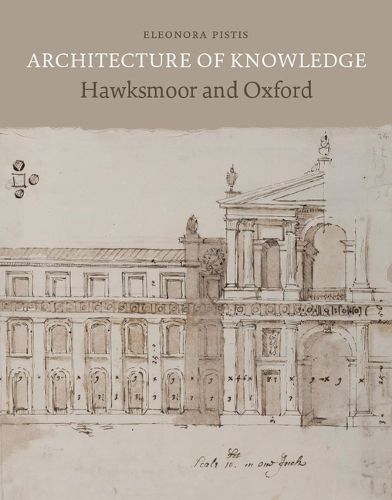Readings Newsletter
Become a Readings Member to make your shopping experience even easier.
Sign in or sign up for free!
You’re not far away from qualifying for FREE standard shipping within Australia
You’ve qualified for FREE standard shipping within Australia
The cart is loading…






Nicholas Hawksmoor's dream of a new Oxford, though only partly realized between 1708 and 1736, remains one of the most striking examples of the architecture of knowledge from the early modern period. This was a time of enlightened experimentation on paper and in stone. Intellectuals and their chosen architect envisaged a network of streets, paths, gates and squares connecting newly designed colleges, libraries and the university press. Complementing the feverish activity of the worksites the study, collecting and dissemination of architecture was profoundly reshaped. Building, thinking and learning are entwined in this episode as never before in the history of a great university as it pivoted from medieval to modern. The graphic legacy of this ferment is illustrated with an abundance of drawings, prints and treatises, many published here for the first time.
$9.00 standard shipping within Australia
FREE standard shipping within Australia for orders over $100.00
Express & International shipping calculated at checkout
Nicholas Hawksmoor's dream of a new Oxford, though only partly realized between 1708 and 1736, remains one of the most striking examples of the architecture of knowledge from the early modern period. This was a time of enlightened experimentation on paper and in stone. Intellectuals and their chosen architect envisaged a network of streets, paths, gates and squares connecting newly designed colleges, libraries and the university press. Complementing the feverish activity of the worksites the study, collecting and dissemination of architecture was profoundly reshaped. Building, thinking and learning are entwined in this episode as never before in the history of a great university as it pivoted from medieval to modern. The graphic legacy of this ferment is illustrated with an abundance of drawings, prints and treatises, many published here for the first time.